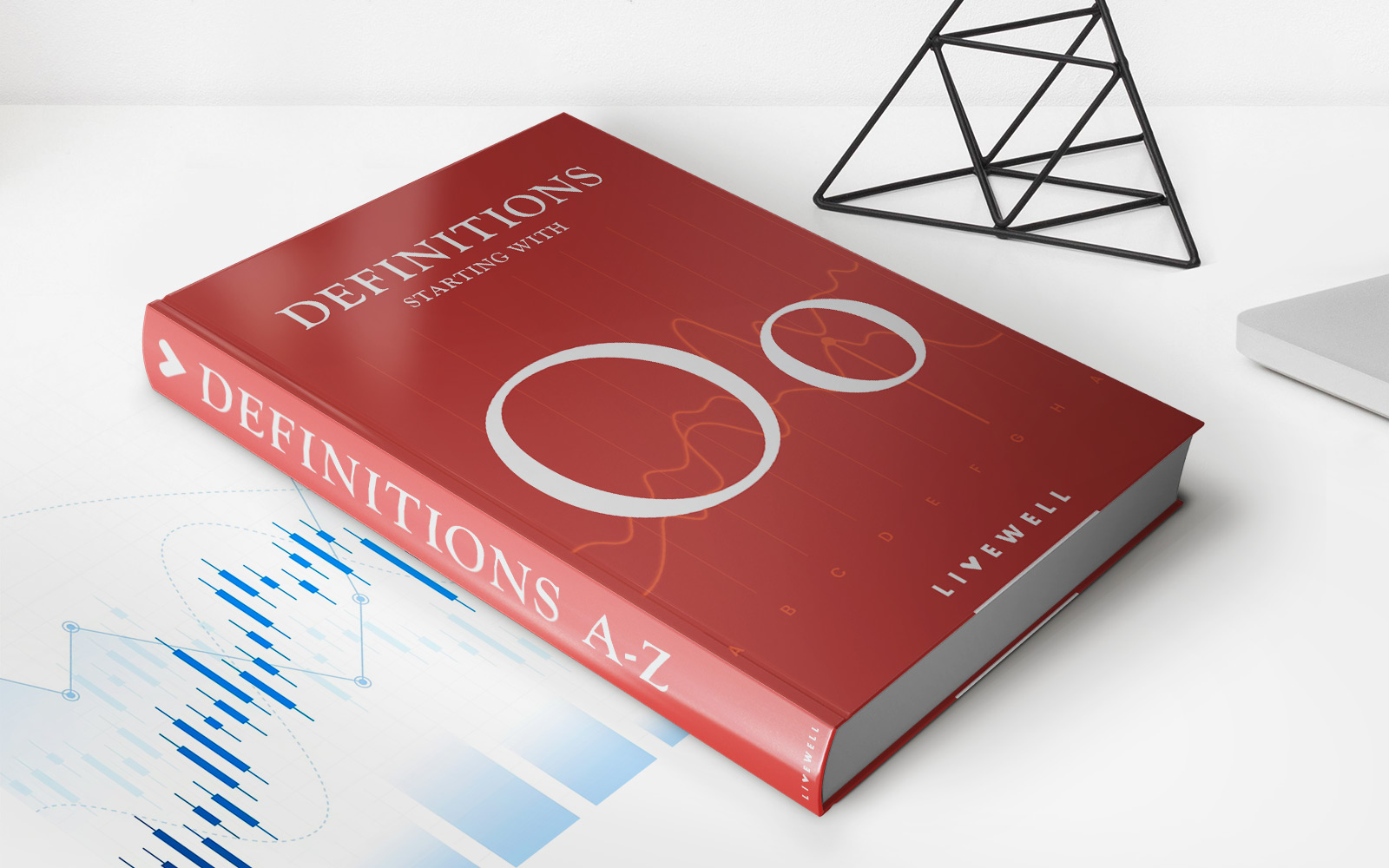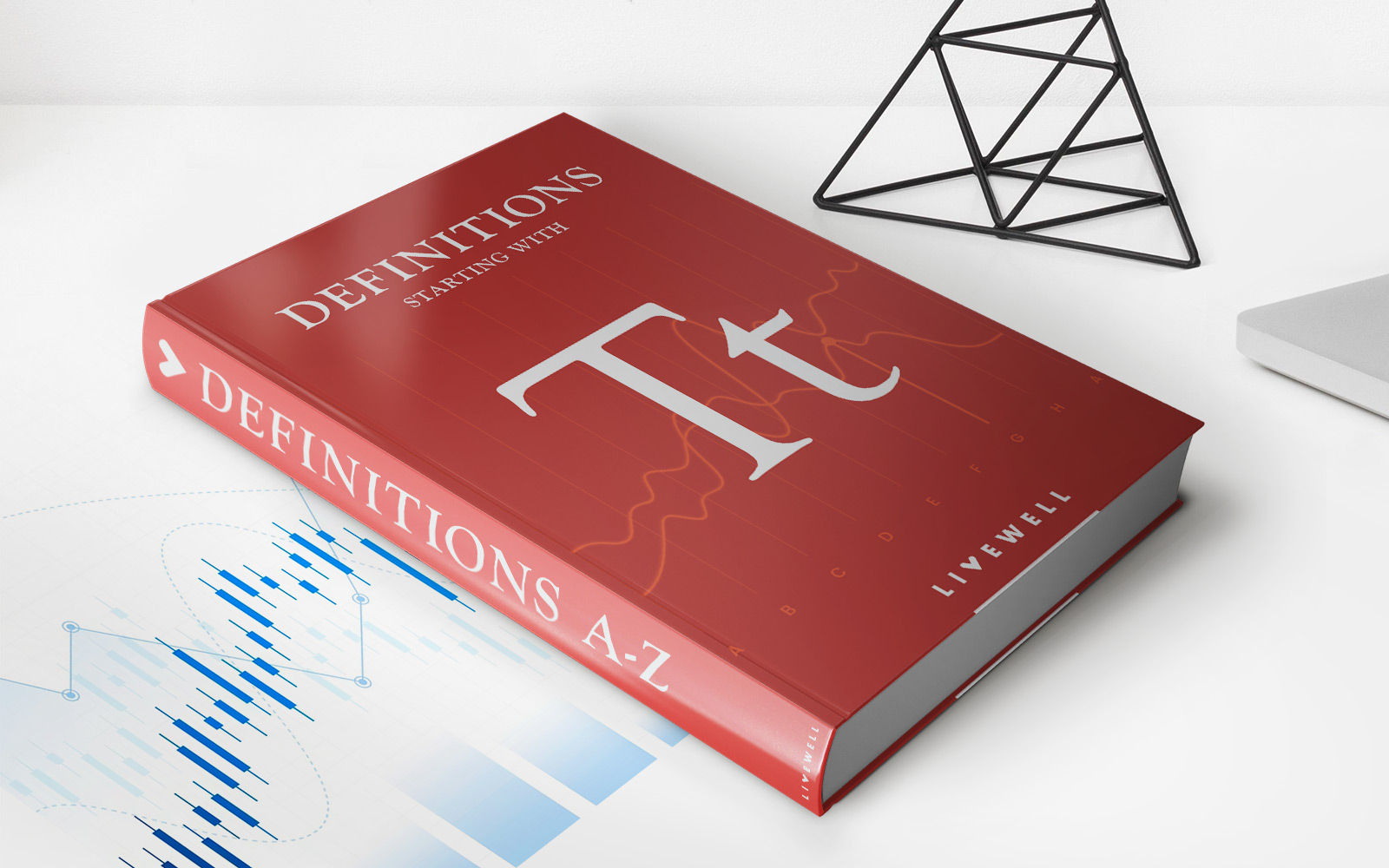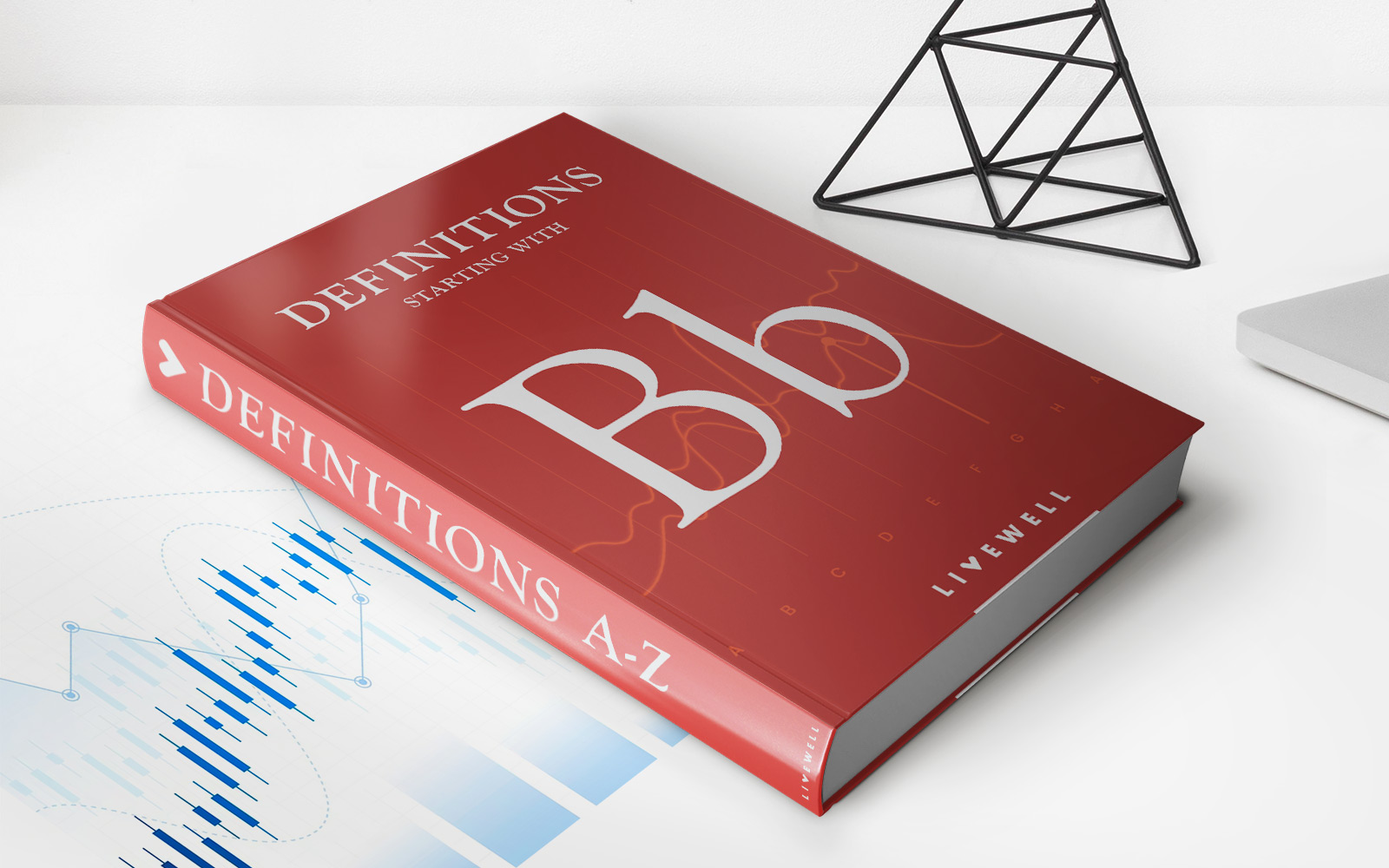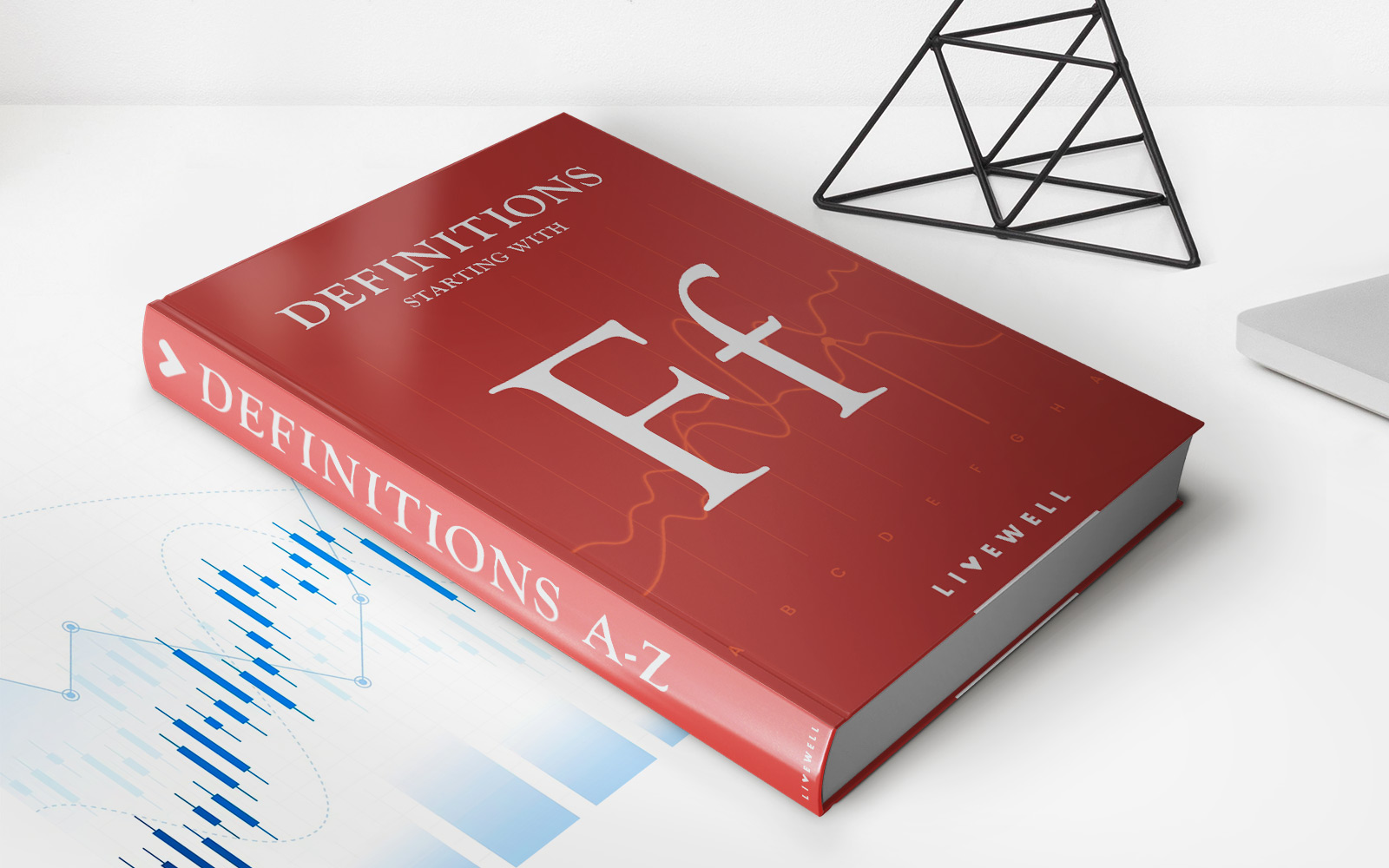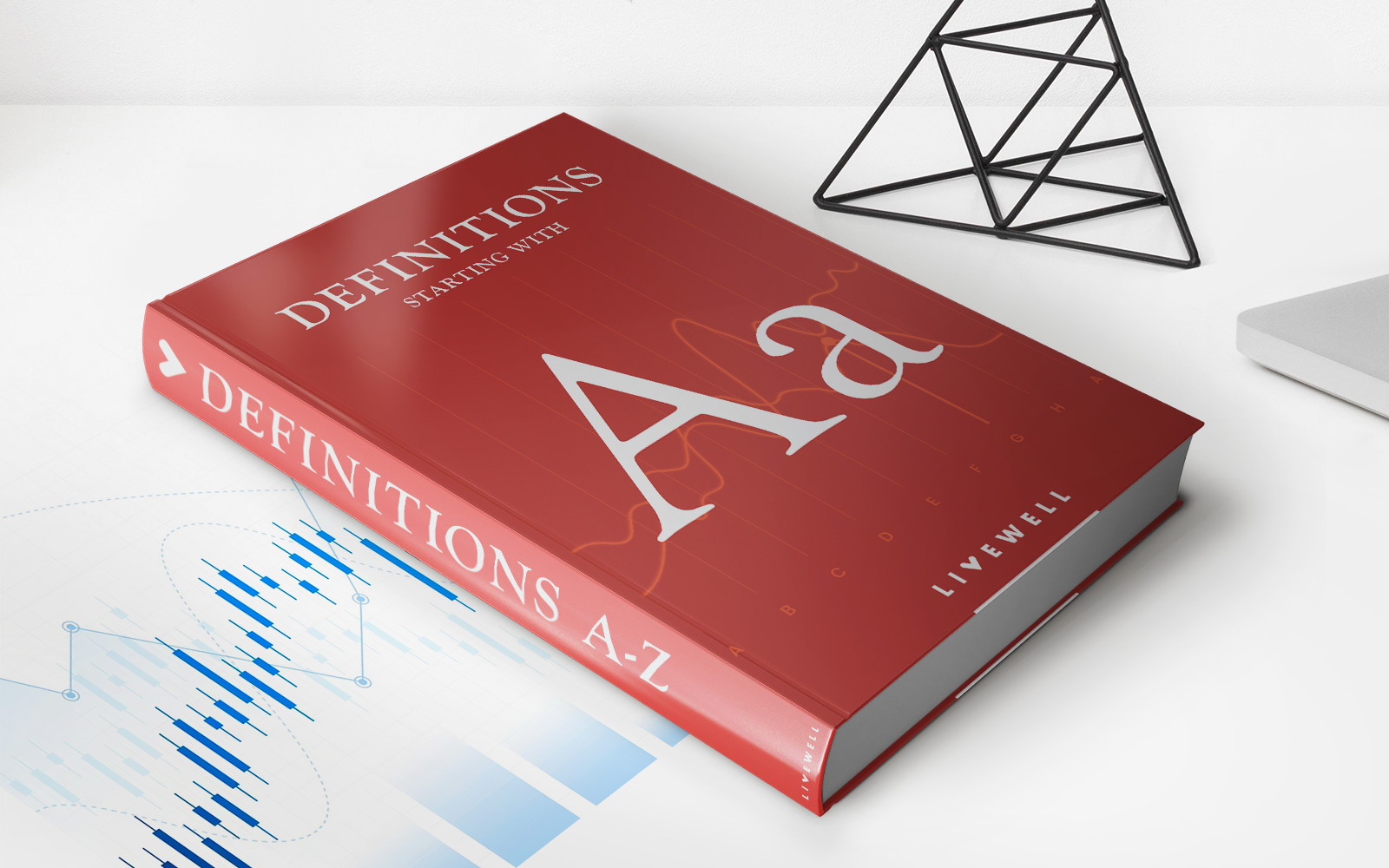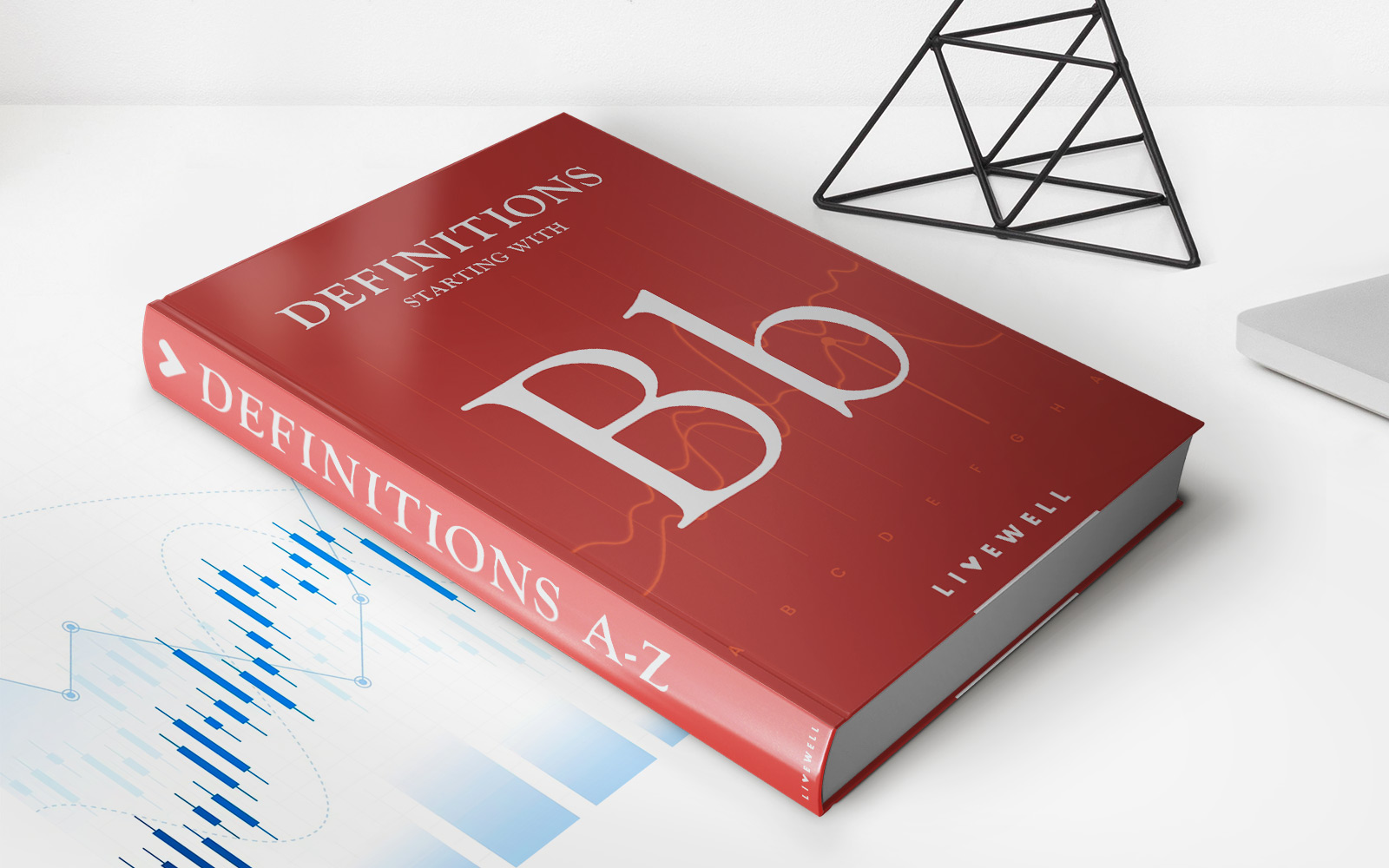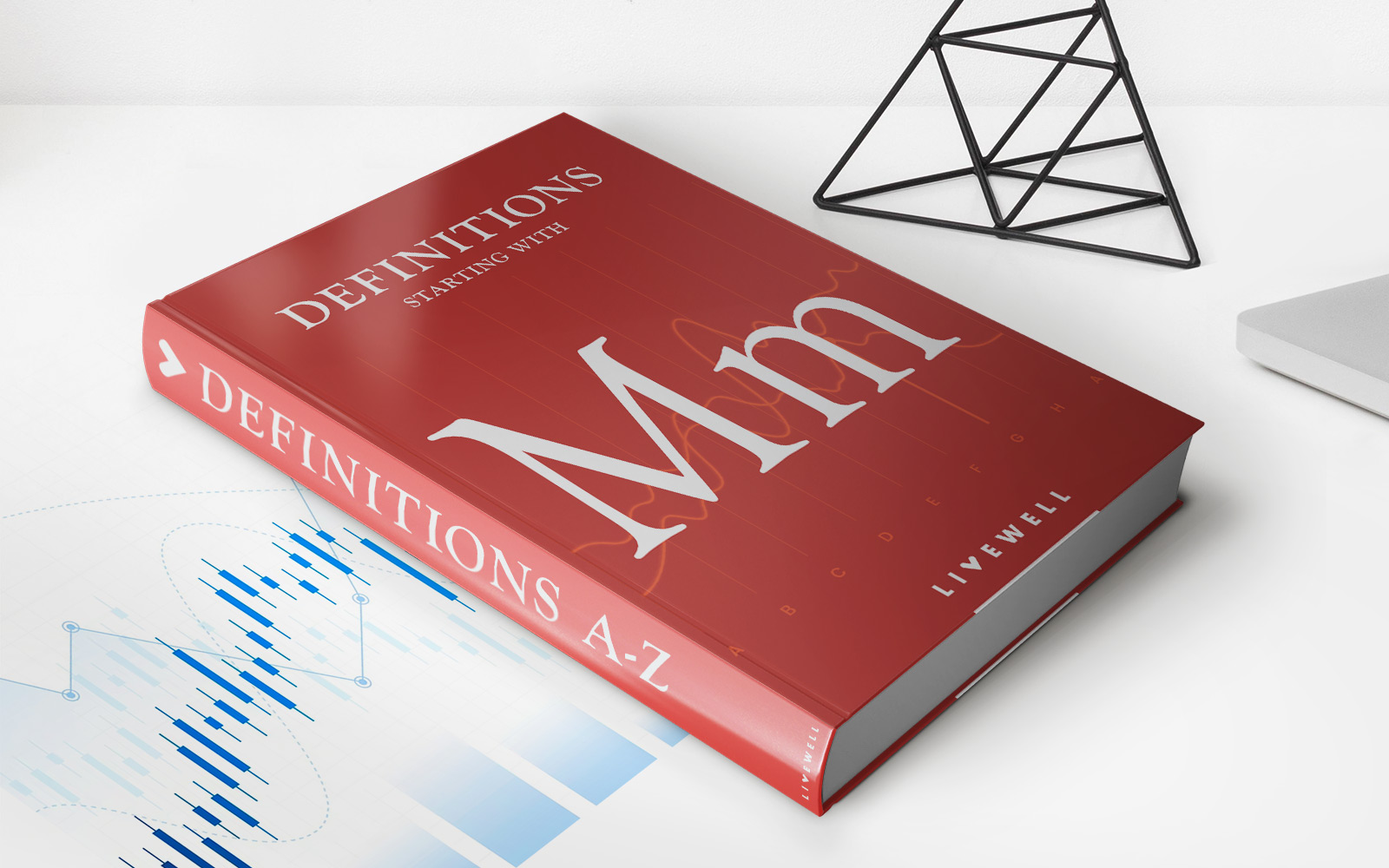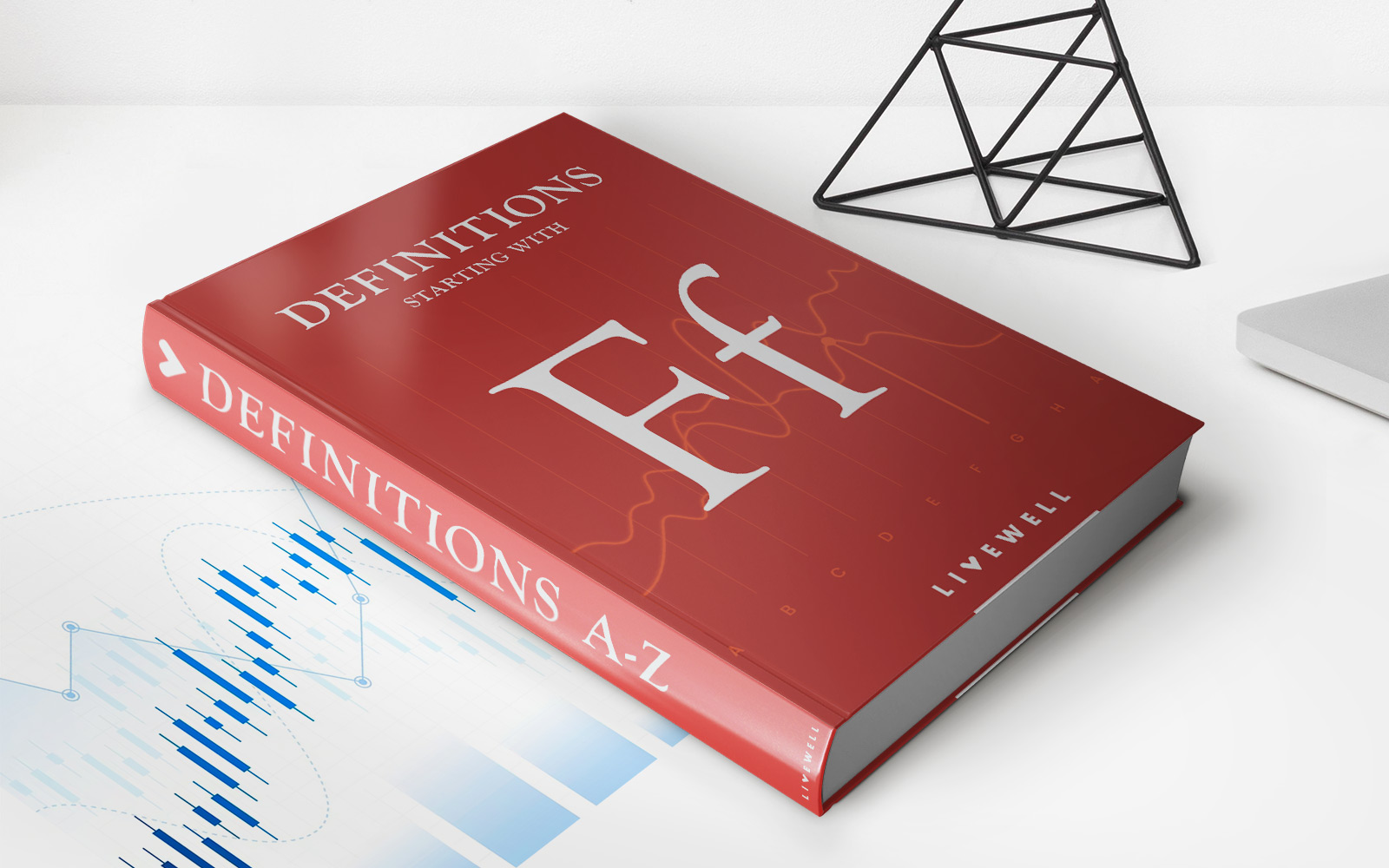Home>Finance>Auction Market: Definition, How It Works In Trading, And Examples
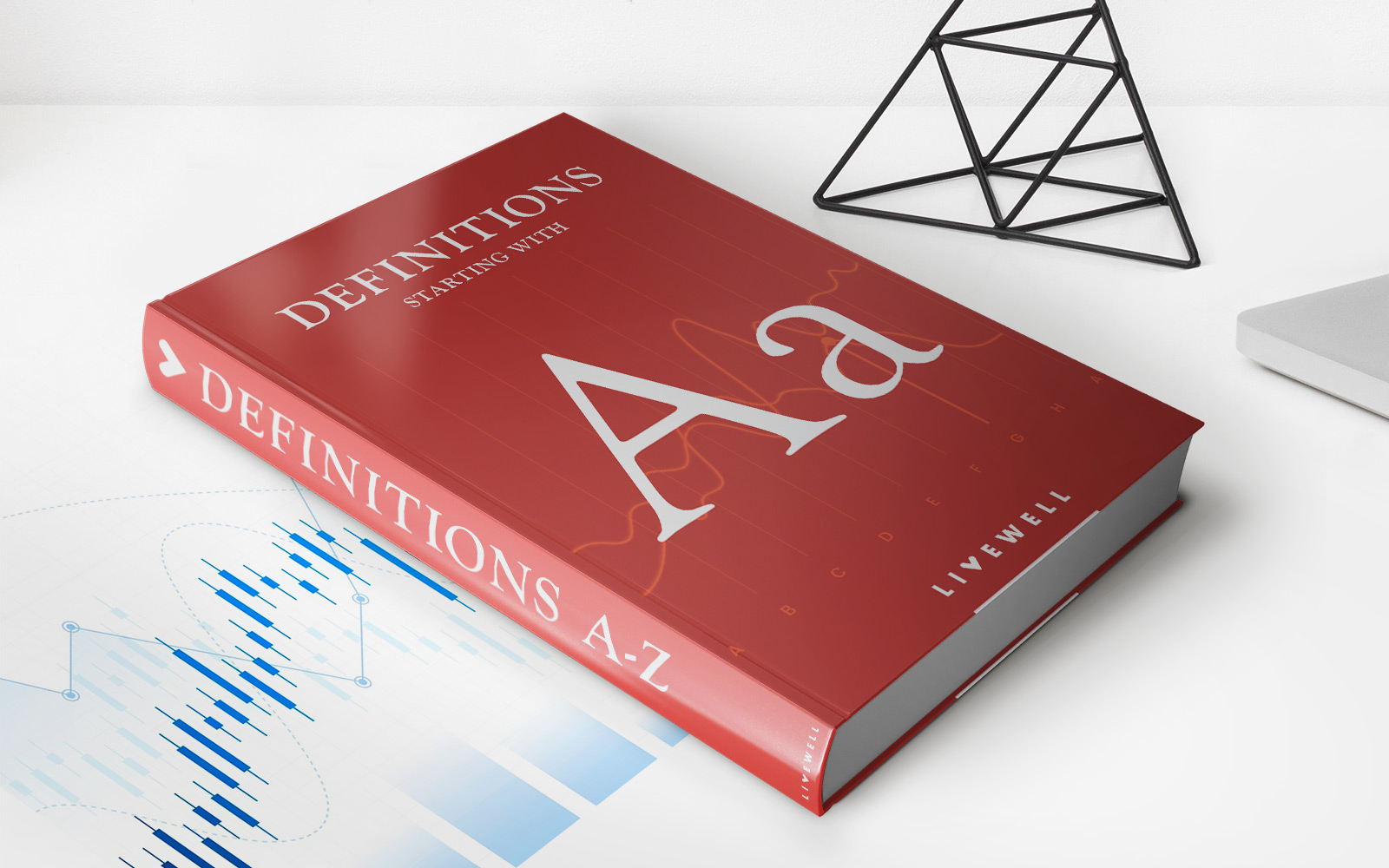

Finance
Auction Market: Definition, How It Works In Trading, And Examples
Published: October 10, 2023
Learn about the finance concept of an auction market, its trading mechanisms, and real-world examples. Enhance your understanding of finance with this detailed guide.
(Many of the links in this article redirect to a specific reviewed product. Your purchase of these products through affiliate links helps to generate commission for LiveWell, at no extra cost. Learn more)
Mastering the Auction Market: A Comprehensive Guide
The world of finance is vast and ever-evolving, with various market structures and mechanisms driving the global economy. One such intriguing mechanism that has gained popularity among traders and investors is the auction market. In this blog post, we will delve into the auction market, exploring its definition, how it works in trading, and providing real-life examples to help you understand its significance in the financial realm.
Key Takeaways:
- An auction market is a trading platform where buyers and sellers come together to determine the price of a particular asset through competitive bidding.
- The auction process relies on supply and demand dynamics, with participants placing bids to buy or offers to sell.
Understanding the Auction Market
At its core, an auction market acts as a centralized platform where participants buy and sell assets by placing bids and offers. Unlike other market structures, such as over-the-counter trading or dealer markets, the auction market provides transparency and fairness in determining the asset’s price.
In an auction market, the price of an asset, be it a stock, commodity, or collectible item, is determined through the process of competitive bidding. Interested buyers place bids, indicating the maximum price they are willing to pay, while sellers offer their assets at designated prices. Through this bidding and offering process, the equilibrium price, also known as the market-clearing price, is established.
So how does the auction market work? Let’s break it down:
- Participants: Traders and investors are the key participants in an auction market. Buyers represent the demand side, attempting to acquire the asset, while sellers represent the supply side, aiming to offload their assets.
- Bids and Offers: Buyers place bids, indicating the highest price they are willing to pay for the asset. On the other hand, sellers offer their assets at a designated price, indicating the lowest price at which they are willing to sell. It is important to note that the bids and offers are open for a specific time period, allowing participants to assess their options and make informed decisions.
- Auction Process: During the auction period, bids and offers are matched based on price and time priority. This means that the highest bid and lowest offer are matched first, followed by subsequent bids and offers in descending and ascending order, respectively. If a bid matches an offer, a trade occurs at the specified price.
- Market Efficiency: The auction market fosters an efficient price discovery mechanism. As participants compete for the asset through their bids and offers, the market price reflects the collective sentiment and assessment of its value.
As with any market structure, the auction market is subject to certain rules and regulations, ensuring integrity and fairness. These rules may vary depending on the exchange or platform hosting the auction.
Real-Life Examples of Auction Markets
The auction market can be observed in various sectors and industries across the globe. Let’s explore a few notable examples:
- Financial Markets: Stock exchanges such as the New York Stock Exchange (NYSE) and Nasdaq operate as auction markets, where traders place bids and offers to buy and sell shares of publicly traded companies.
- Art Auctions: Renowned auction houses like Sotheby’s and Christie’s host art auctions, where collectors and art enthusiasts bid for valuable artworks, establishing record-breaking prices.
- Commodity Markets: Markets like the Chicago Mercantile Exchange (CME) provide auction-like platforms for trading commodities such as gold, oil, and agricultural products.
- Antique Auctions: Auctions specializing in antiques showcase the auction market, attracting bidders who compete for rare and valuable items.
These examples illustrate the versatility and wide-ranging application of auction markets in different industries. The auction market’s ability to determine fair prices through competitive bidding makes it an invaluable tool for traders, investors, and collectors alike.
In Conclusion
The auction market plays a vital role in modern finance, providing a transparent and efficient platform for price discovery. Whether it’s stocks, commodities, art, or antiques, the auction market allows buyers and sellers to interact and determine fair market prices through competitive bidding. By understanding how the auction market works and exploring its real-life examples, you can gain valuable insights into this fascinating mechanism that drives the global economy.
